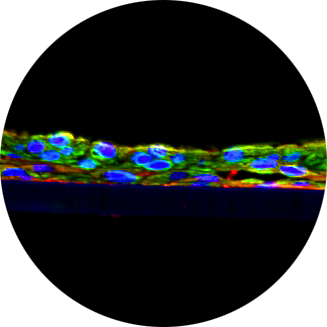Cooperation of Cysteine, Ascorbic Acid, Pyridoxine, and α-Lipoic Acid in Antioxidant Effects on Human Keratinocytes and 3D Human Skin Models
- TR Number: 1059
- Authors: Naoto NOMURA, Atsushi SAWAMURA, Nobuo MIYADAI
- Materials Tested: cysteine, ascorbic acid, pyridoxine, pyridoxine hydrochloride, a-lipoic acid
- Link to PDF: https://www.jstage.jst.go.jp/article/jnsv/70/6/70_454/_article/-char/ja
Combinations of cysteine, ascorbic acid, and pyridoxine are frequently used in oral formulations. Although there have been many reports on the efficacy of each of these ingredients, little information is known about their combined effects on skin cells. The purpose of this study was to evaluate the combined effects of cysteine, ascorbic acid, and pyridoxine, as well as the effect of adding α-lipoic acid, on skin cells. Human keratinocytes were treated with individual antioxidants or combinations of them, and glutathione levels and expression of glutathione synthesis-related genes were measured. The combination of cysteine, ascorbic acid, and pyridoxine increased the expression of γ-GCSc and tended to increase glutathione levels compared to the controls. Interestingly, the addition of α-lipoic acid further increased glutathione levels by increasing the expression of CD98. Similarly, in 3D-human skin models, the combination of cysteine, ascorbic acid, and pyridoxine promoted glutathione synthesis, and this effect was enhanced by the addition of α-lipoic acid. Furthermore, melanin synthesis inhibition was shown to be dependent on increased glutathione levels. These results suggest that the addition of α-lipoic acid to the combination of cysteine, ascorbic acid, and pyridoxine enhances glutathione production and may have anti-aging effects through efficient oxidative stress reduction.

